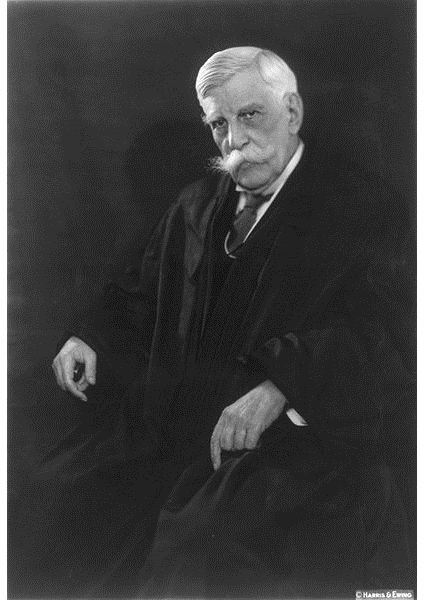The First Amendment and Limits on American Freedom of Speech
Freedom of speech is a fundamental American right, but limits on American freedom of speech also exist. Throughout American history, the Supreme Court has ruled on the types of speech and other forms of expression that are and are not protected by the First Amendment of the United States Constitution.
The First Amendment
Even though the First Amendment of the United States Constitution protects the rights of Americans to express themselves, there are limits on this freedom. The Constitution states that the government cannot make any law that restricts free speech or freedom of the press. This means that the government cannot censor what Americans read in newspapers or other forms of media and the government cannot arrest citizens for speaking about their ideas and opinions, even if they differ from those of the government. However, this does not mean that Americans are free to say whatever they want at any time they want to say it. There are situations where some types of speech is illegal.
Defamation: Hurting another Person’s Reputation
Freedom of speech does not permit someone to make a false statement about another person that could damage his or her reputation. This applies to the spoken word, which is called slander, as well as libel, which is defamation in print. Making these false statements must also be done with the intent to harm another. In one of the most important libel cases in the U.S., a police commissioner in Montgomery, Alabama, L.B. Sullivan sued the “New York Times” for making inaccurate statements about the police department. The Supreme Court ruled that the newspaper did not commit libel because the statements were a mistake, not intentional, and that it could be more difficult to debate public issues if those who work in the public can sue anytime a false statement is made.
Clear and Present Danger
Americans are not free to make false statements that could cause panic or place others in danger. Justice Oliver Wendell Holmes wrote in 1919, in the Supreme Court’s ruling in Schenck versus the United States, that there are times, particularly in times of war, when the government must restrict speech to protect the safety of the country and its citizens. In this case, the court unanimously ruled that Charles Schenck and Elizabeth Baer did not have the right to distribute leaflets encouraging Americans to avoid the draft. It is within this ruling that Holmes wrote his often-quoted phrase about the First Amendment not protecting “a man in falsely shouting fire in a theatre and causing panic.” Creating a clear and present danger is not a form of speech protected by the First Amendment.
Obscenity
In 1973 in Miller vs. California, the Supreme Court ruled 5 - 4 that the First Amendment does not protect obscenity. Defining obscenity can be difficult and the court did state that obscene is not necessarily the same as indecent, which is material intended for adults, not children. The Supreme Court also noted that caution has to be used in limiting personal expression, particularly when determining what is obscene and what is not. However, the court ruled that if the average person would find the speech or expression obscene and if it cannot be considered art, it is not protected by the Constitution.
We are fortunate to live in a place where we are free to express ourselves, within limits. These limitations do not take away from the meaning of the First Amendment. The right to free speech is a fundamental American right and a big part of why Americans cherish their freedom.
What do you think of these exceptions to the rule? Do you think they should also be protected by freedom of speech? Are their other instances you believe should not be protected?
References
- First Amendment Center: http://www.firstamendmentcenter.org/Speech/overview.aspx
- Image from the Library of Congress
- Freedom Forum: Education for Freedom http://www.freedomforum.org/packages/first/curricula/educationforfreedom/supportpages/l04-limitsfreedomspeech.htm
